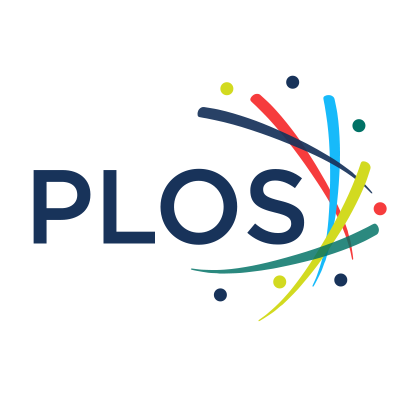A Clinical Decision Support System for Integrating Tuberculosis and HIV Care in Kenya: A Human-Centered Design Approach

Citation: Catalani C, Green E, Owiti P, Keny A, Diero L, Yeung A, et al. (2014) A Clinical Decision Support System for Integrating Tuberculosis and HIV Care in Kenya: A Human-Centered Design Approach. PLoS ONE 9(8): e103205. https://doi.org/10.1371/journal.pone.0103205
Abstract: With the aim of integrating HIV and tuberculosis care in rural Kenya, a team of researchers, clinicians, and technologists used the human-centered design approach to facilitate design, development, and deployment processes of new patient-specific TB clinical decision support system for medical providers. In Kenya, approximately 1.6 million people are living with HIV and have a 20-times higher risk of dying of tuberculosis. Although tuberculosis prevention and treatment medication is widely available, proven to save lives, and prioritized by the World Health Organization, ensuring that it reaches the most vulnerable communities remains challenging. Human-centered design, used in the fields of industrial design and information technology for decades, is an approach to improving the effectiveness and impact of innovations that has been scarcely used in the health field. Using this approach, our team followed a 3-step process, involving mixed methods assessment to (1) understand the situation through the collection and analysis of site observation sessions and key informant interviews; (2) develop a new clinical decision support system through iterative prototyping, end-user engagement, and usability testing; and, (3) implement and evaluate the system across 24 clinics in rural West Kenya. Through the application of this approach, we found that human-centered design facilitated the process of digital innovation in a complex and resource-constrained context.
Author(s): PLOS One
Year: 2014
Language: English
Region(s): KENYA
Resource Type: Journal Articles
Source: Other
